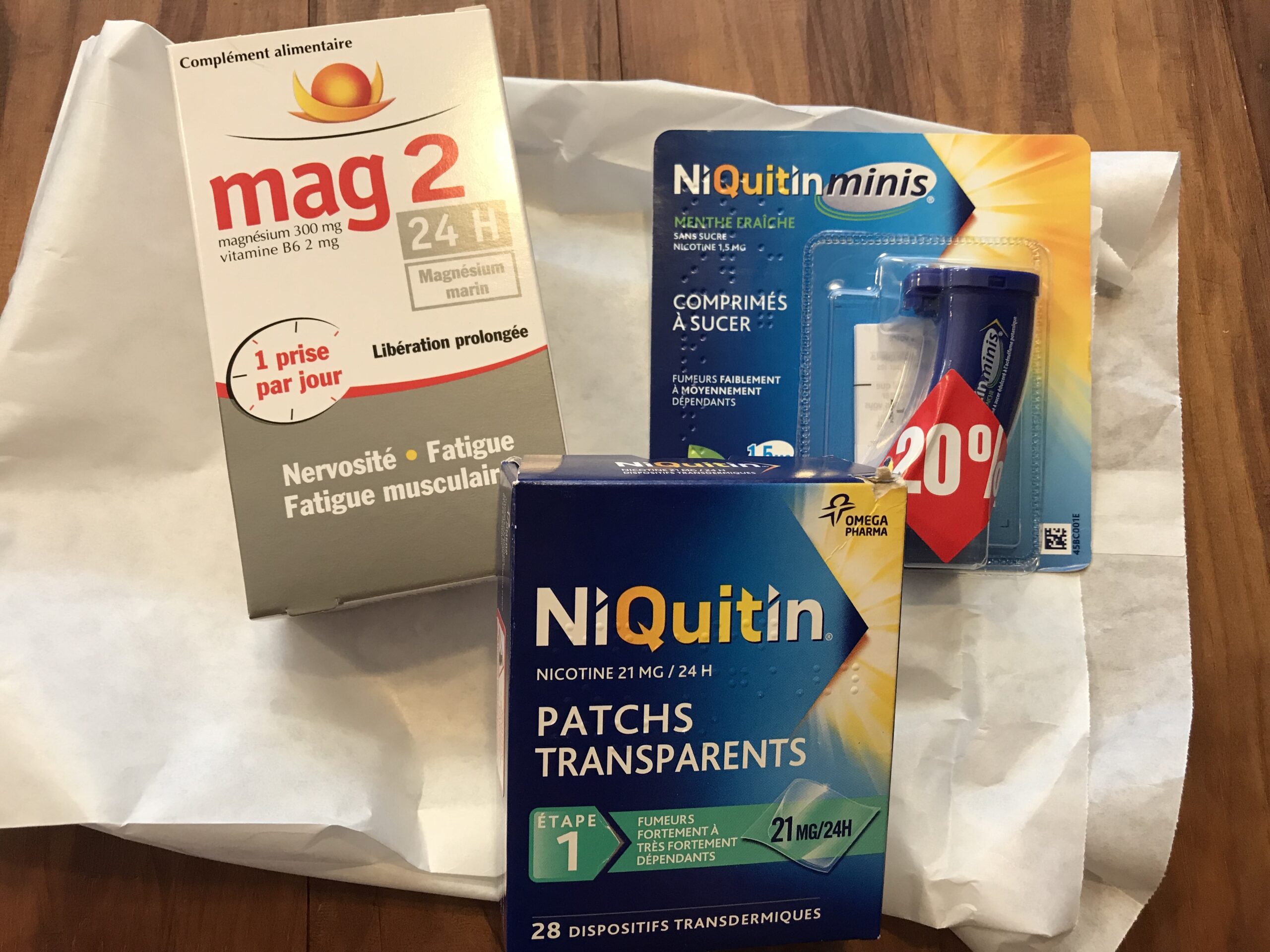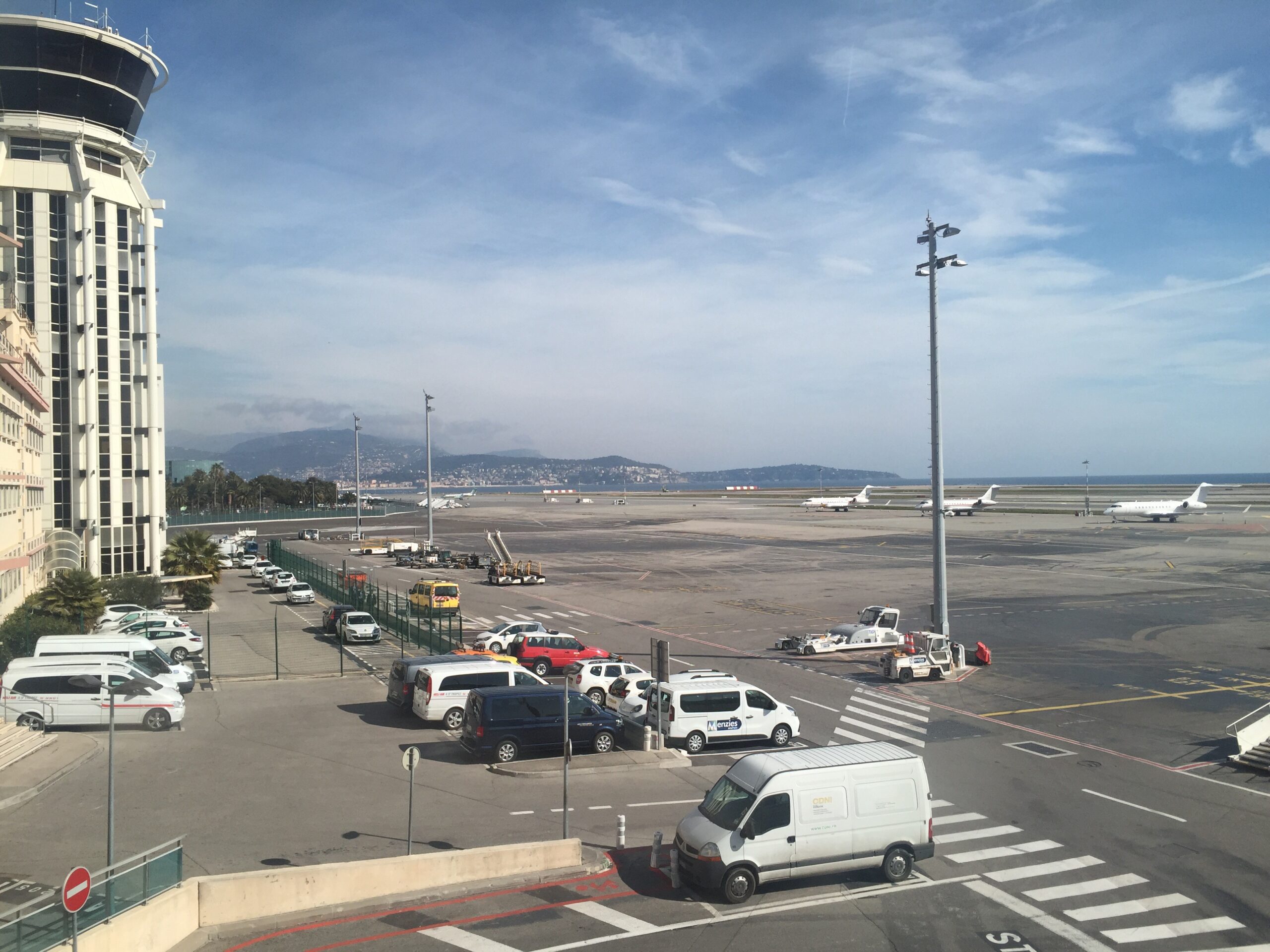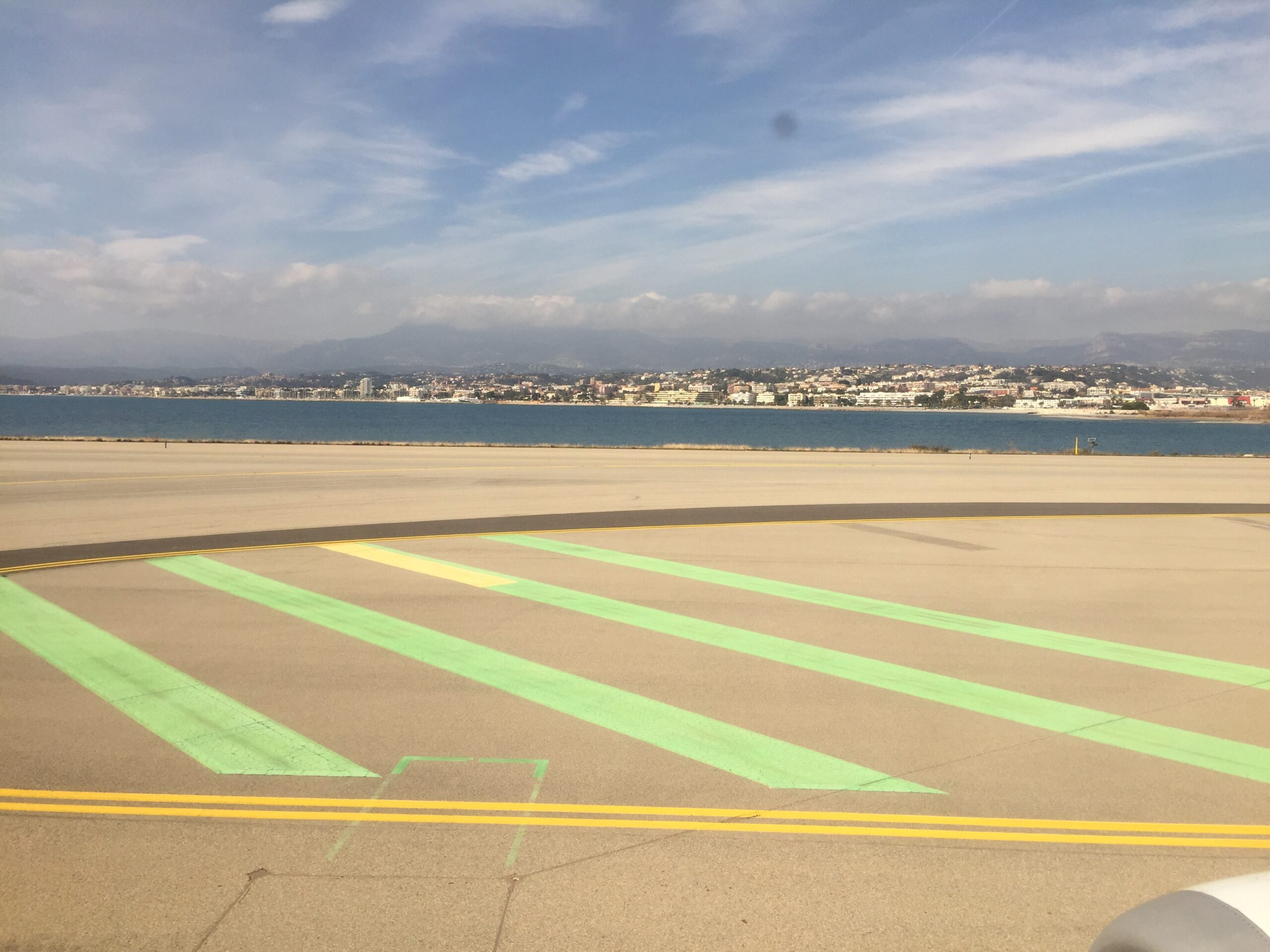[2021 update: if at first you don’t succeed, try again]
I have smoked exactly two thirds of my life: twenty-eight years. It’s high time I stopped. So I stopped.
It’s been only five days but that’s the longest I’ve achieved ever, so there is cause to celebrate.
The decision had been years in the making. Friends and family have persisted over the years and my son recently joined the lecturing bandwagon. I’m thankful because I was impervious! Much as they annoyed me, they were right and I knew it. Slowly I was getting closer to commitment: Quitting is the right thing to do, therefore submit.
I was brought closer to the decision last month by the prospect of tobacco deprivation at airports, during long flights –and basically of limited freedom to smoke–, as I prepared for a 24-hour or so journey to a two-day meeting, followed by a 24-hour or so journey back home. The actual trigger was the epiphany that struck me as I thought I was at last free to go smoke between two flights: that is not freedom, that is nicotine enslavement.
In “The Easy Way To Stop Smoking”, the book my good friend Amy gave me years ago, Allen Carr writes:
“It is […] slavery. We spend half our lives in situations in which society forbids us to smoke (churches, hospitals, schools, trains, theaters, and the like) or […] feeling deprived. The rest of our smoking lives is spent in situations where we are allowed to smoke, but wish we didn’t have to.”

I smoked my last cigarette Tuesday after dinner and patched up the next morning. I’ve got lozenges for when the craving is too intense but I don’t like them too much so don’t use them a lot.
The worse day was the day before I stopped.
I had made up my mind, purchased the patches and the lozenges at the pharmacy after picking up my son after school. I was still smoking as my pouch of tobacco was not yet empty –it took me another day to finish it as I let it drag on as much as possible by rolling thinner ones and smoking less.
The second worse day was the third. Possibly because I had not used a patch that morning. Good to know they are not selling squares of adhesive tape!
A couple parting thoughts:
- Not lighting up is hard, but not as hard now that I have decided to stop.
- Time goes quite slowly in the process.


